
Heat (1995).
DB here:
Last year, Quentin Tarantino wrote a novel that extended and reconsidered the story of Once Upon a Time . . . in Hollywood (2019). Less elaborate is Michael Mann’s new bestseller Heat 2, written with Meg Gardiner. It’s not his first reworking of his film’s world: Heat (1995) was itself an expansion of a TV movie, LA Takedown (1989). Tarantino’s book was fairly experimental, as I tried to show, but Heat 2 is more conventional, being, as reviewers have mentioned, at once a sequel and a prequel to the original film. Yet it has its own interest, I think, and it provides me a chance to revisit a film I’ve long admired.
You’ve probably seen the film, but I’ll warn you of spoilers when I come to discuss the book.
Two genres for the price of one


In the film, Mann blends two schemas for crime plots: the heist film and the police procedural. What’s remarkable is the way both get expanded and interwoven to a degree rare in each of the genres.
The heist plot centers on Neil McCauley’s gang, consisting of Chris Shiherlis (Val Kilmer), Michael Ceritto (Tom Sizemore), and Trejo (Danny Trejo). The team members are married, and two have children. McCauley (Robert DeNiro) is a loner, living by the code that by being free of personal ties he can escape when the police close in.
In the course of the film, the gang plans three scores. The first, in the opening, is a robbery of an armored truck. Being short-handed, McCauley has had to add another team member, the sociopath Waingro, to consummate the heist. This robbery will reverberate through the film. Waingro shoots one of the truck drivers, forcing the gang to kill all of them. By seizing the bearer bonds of the money launderer Roger Van Zant and trying to sell them back to him, the gang sets off a cascade of broken deals and violent confrontations. McCauley fails to kill Waingro as punishment for damaging the heist, and Waingro emerges to help Van Zant stalk McCauley.
The second score, an effort to access precious metals, is aborted when McCauley realizes that the police are monitoring their preparations. The third score is a brutal bank robbery in which the team is virtually wiped out, with only McCauley and Chris surviving.
The heist plot adheres to many of the phases I’ve sketched in an earlier entry on the genre. The jobs are set up by the fence Nate and the computer whiz Kelso. The gang meets to plan each attack, with a division of labor among them. As often in the genre, the private lives of the robbers intervene. Chris, a gambling junkie, is in a fraught marriage with Charlene (Ashley Judd). Before the last score, McCauley advises Ceritto to walk away, since his wife Elaine takes good care of him. For the bank job McCauley recruits a prison pal Don Breedan (Dennis Hastert), whose wife Lilian (Kim Staunton) tries to sustain his effort to hold a job. And after Waingro kills Trejo’s wife Anna, the fatally wounded Trejo feels nothing left to live for. Most risky of all is McCauley’s growing love for Eady (Amy Brenneman), who makes him inclined to relinquish his solitude and unite with her after the bank job.
Braided with the heist plot is an investigation plot centering on homicide lieutenant Vincent Hanna (Al Pacino). He’s brought in through the armored-car murders and begins systematically to trace leads to the gang. In the usual procedural fashion, Hanna and his colleagues visit snitches, search records, tail and tape suspects, and gradually identify the gang. It’s their botched surveillance that induces McCauley to drop the second score. There emerges a game of tit-for-tat, as the gang in turn surveils the police and use their informants in the police to identify Hanna.
Police procedurals often fill out the action with scenes of the cops’ personal lives, and here that function is fulfilled by a portrait of Hanna’s failing marriage to Justine (Diane Venora) and his effort to nurture Lauren (Natalie Portman), their teenage daughter from another marriage. As the robberies test the family relations of the crooks, Hanna’s commitment to the investigation drives home to Justine his emotional distance and his refusal to open up to her about how he reacts to the crimes he encounters. Further intertwining the two plotlines, Hanna must also investigate the latest in a string of serial murders of prostitutes. We will learn that the killer is Waingro.
We might think of Hanna as the protagonist, with McCauley as the antagonist. But the weight given McCauley and his plotline inclines me to say that the film has two protagonists. Each is an antagonist to the other, with subsidiary antagonists (Waingro, Van Zant) adding pressure to the conflicts. Each man stands out, of course, by virtue of the presence of major stars. The performances are carefully calibrated. As McCauley, Robert DeNiro underplays to the point of paralysis: he acts mostly with the space between his hairline and his eyebrows.


By contrast, Al Pacio’s Hanna is full of swagger and bravado, using what Mann calls “manically extroverted” gestures and speech to intimidate others. But that’s on the job. At home, he’s taciturn, justifying his impassivity there as a way to preserve his angst and keep his edge for the street.


Mann’s screenplay teases us with brief confrontations between the two men. One takes place via surveillance video during the second score.

The most famous encounter is the celebrated diner scene, handled in protracted over-the-shoulder views. Here Hanna is much more subdued, modulating his eye movements to match McCauley’s constant scanning of the room.


The two plotlines culminate at the airport. McCauley interrupts his escape to kill Waingro and, reverting to his “discipline” of abandoning personal ties, must leave Eady alone. But he’s pursued by Hanna for a final shootout.
Apart from its binary-protagonist structure, the sweep of the film also makes it something of a network narrative. There are a great many characters and locales, and nearly every scene is elaborated in such physical detail that we have a wide-ranging survey of vivid personalities and situations. I haven’t mentioned the memorable informers whom Hanna interrogates, or Charlene’s louche lover Marciano, or Dr. Bob, the veterinarian who patches up the wounded Chris. Even the smallest roles (often played by recognizable actors) gain a memorable intensity. The breadth and depth of the story world suggests that the film might be a prototype for the “mosaic” structure of TV series like The Wire (20002-2008).
Work/ life imbalance


Narratives cohere largely through patterns of causality. One incident triggers another. But narratives also depend on parallelism–likenesses and difference among aspects of the story world. Parallels can draw comparisons among characters, locales, and situations. Michael Mann deliberately built Heat on parallels, as he points out in the 2005 DVD commentary track.
Most obvious is the comparison of Hanna and McCauley as men devoted to their work, at the expense of intimate relationships. (Parallels between cop and crook are virtually a convention of the policier.) Each man’s willed solitude is virtually a compulsion, and they recognize their affinity in the diner conversation. That is prepared for by almost telepathic reverse angles during the video surveillance, with the lighting’s angles presenting them as virtually split.

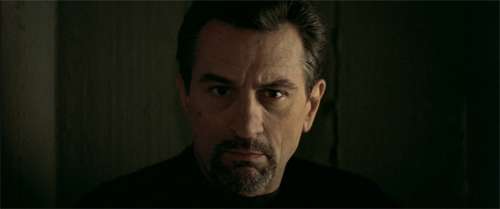
One benefit of the expansive plotting of the film is the way it creates parallels to other men. Nate, Kelso, and Van Zant seem as isolated as McCauley, though perhaps not out of principle. At the extreme is Waingro, also a loner, but one who preys on women–a psychopathic alternative to McCauley’s asceticism.
The film multiplies parallels among the couples. Ceritto has a warm relationship with his wife, and Trejo chooses death over life without Anna. Chris, for all his faults, is deeply in love with Charlene. Breedan responds resolutely to Lilian’s urging to reconcile himself to the unfairness of his new job.
Likewise, Hanna’s police colleagues are happily married. In parallel scenes, we see the gang and the squad enjoying lively restaurant dinners. Even Hanna unbends enough for a dance with Justine. Only McCauley, alone with the other couples, is marked as without a woman–a status that impels him to call Eady and invite himself over.
There are plenty of other parallels, not least that of vulnerable daughters, with the suicidal Lauren and the teenage hooker Waingro kills. But the ones I’ve just examined point up a common feature of classical Hollywoood plotting. Often American studio films interweave two lines of action, one based on work and another based on romantic love. Problems arise when the two can’t be reconciled. The husband may be consumed by pressures of the job, while the wife is neglected and her wishes dismissed.
More specifically, cop films and novels often play out the conflicting demands of duty (danger, disruption of routine) and love (of wife and children). This is exactly the life that McCauley foreswears and that Hanna tries to negotiate. The crux of the film is that both McCauley and Hanna entertain the possibility of a normal life only to find that their nature precludes it. Their counterparts seem to have managed it, but each gang member is also drawn to the adrenalin high of crime. “For me,” Ceritto says, “the action is the juice.” They all go along with the bank heist, with ruinous results. To a lesser degree, they are on the same spectrum as McCauley and Hanna.
The work/life tension is sometimes made apparent on the level of style. After Hanna dances playfully with Justine, Mann interrupts with the next scene, in which Hanna blocks the distraught mother from approaching her daughter’s corpse.


There is deeper concern, to the point of passion, in Hanna’s frantic embrace of this grieving stranger than in his flirtatious dance with his wife.
In such ways the film spares sympathy for the women. The plot brings out the parallel situations showing women beseeching the men to face their problems. Mann also uses visual motifs to heighten the comparisons. The women express themselves in shots of their hands. A bold composition in which Hanna blocks Justine heightens her gesture of annoyed resignation, and later close-ups show Charlene’s secret signal to Chris and Eady’s tension while waiting at the airport.



Men’s hands have other things to do, although one close-up of Neil fetching water for Eady suggests the man he might become.
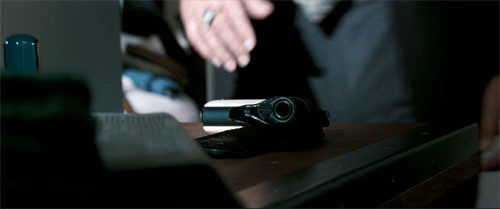


The climax of this motif comes at the end, as Neil lies dying and Hanna accepts his handclasp.

Scrambled backstory
Now the spoilers for the novel commence.
In planning Heat 2 Mann and Gardiner faced some problems. At the end of the film several characters are dead, including the fascinatingly reticent Neil McCauley. To revive him, you have to create his backstory. Chris Shiherlis and his wife Charlene survive, but she has chosen not to give him to the police, so he will have to find a new way to live. And how will you treat Vincent Hanna–his past, his future?
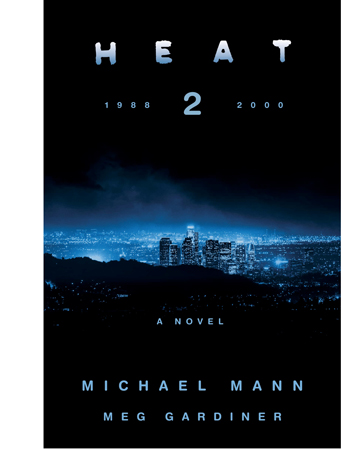 The authors found several solutions, some of which vary Mann’s usual narrative strategies. The novel is broken into time periods, but not in the manner of the prototype for such sagas, Godfather II (1974). After a prologue sketching the action of the film, one section is devoted to the immediate aftermath of the bank robbery. This alternates Chris’s escape from LA and Hanna’s inability to track him.
The authors found several solutions, some of which vary Mann’s usual narrative strategies. The novel is broken into time periods, but not in the manner of the prototype for such sagas, Godfather II (1974). After a prologue sketching the action of the film, one section is devoted to the immediate aftermath of the bank robbery. This alternates Chris’s escape from LA and Hanna’s inability to track him.
There follows a flashback to 1988, set mostly in Chicago, in which McCauley and his crew launch new heists. These scenes alternate with episodes of Hanna, stationed in Chicago, investigating some brutal home invasions. Eventually the gang executing the invasions learns of McCauley’s plans for a southwestern raid on drug smugglers and decides to rip off the team. The initiative is led by the monstrous Otis Wardell, a Waingro on steroids, who enjoys raping the women whose homes he invades. Ultimately Hanna’s frustration with his boss’s constraints on his investigation leads him to quit the force.
Most Mann films are resolutely linear in plotting. Apart from the time-jumping montage at the start of Ali (2001), he prefers chronological narrative. But now Heat 2 jumps ahead to 1995-1996. Chris has fled to Paraguay, where he takes up with a Taiwanese family involved in the arms trade and cybercrime. He falls in love with the chief’s daughter Ana, whom he helps gain power in the family.
The action returns to the southern border in 1988, with a showdown between Wardell and McCauley. In the course of a protracted firefight, Wardell kills Elisa Vasquez, the woman McCauley loves. Losing her is what plunges McCauley into the willed solitude that he projects in the film.
After another passage from 1996 bringing Chris and Ana up to date, the action jumps to 2000, after the events of the film. Everyone is now back in Los Angeles, and Hanna, remembering Wardell from his Chicago days, vows to capture him, while Chis vows to kill Hanna in revenge for McCauley’s death. Complicating things is the presence of Gabriela, Elisa’s daughter, who becomes a new target for Wardell. All these forces converge at a bloody climax.
Why did Mann break the prequel material into blocks and alternate the time periods? I suspect it was to maintain interest in the runup to the film’s action. If all the 1988 action preceded Chris’ 1990s career in Paraguay, we would have lost both McCauley and Hanna about a third of the way through the book. Chris would have had to carry a large central chunk of the story. Even as a soldier of fortune, he just isn’t as charismatic as Hanna and McCauley, so holding the resolution of the McCauley plotline in suspension keeps us turning the pages. Elisa’s death and McCauley’s devastation provides a strong lead-in to the film we have. Thereafter, the 2000 followup serves to wrap up nearly all the action. (The last line presents is a dangling cause that could lead to yet another sequel.)
The novel is less concerned with parallels than the film, although Ana’s frustration with the closed-in Chris matches that of Heat‘s wives. And Hanna’s fury at Wardell’s rape and beating of a teenage girl fuels his mission to find the gang, while thanks to a coincidence Wardell realizes that the waitress in a diner is the daughter of the woman he murdered in the desert. What knits the novel together most tightly is the premise that Hanna, McCauley, and Wardell were all in Chicago in the same years, but they were largely unaware of each other. We see links that the characters aren’t aware of.
This roaming-spotlight viewpoint is at work in the film as well, with the constant crosscutting of cops and crooks. But Mann and Gardiner take omniscience farther by penetrating the minds of the characters. Scene by scene we learn what the major characters are thinking, with some scenes containing several shifts of perspective. It would be as if the film gave us voice-overs from Hanna, McCauley, Chris, and others. The novel’s inner monologues remind me of Mann’s commentary track for Heat, which frequently draws larger conclusions and fills us in on what the characters are thinking. When Drucker pressures Charlene to give up Chris, Mann’s commentary reminds us that he’s trying to “build emotional solidarity” with her “despite having “a very short window.” Of Heat‘s two protagonists, he says:
These are the only two guys like each other in the universe. . . they are fully aware and conscious of who they are.
In the novel’s prologue the passage is:
Each navigated the future racing at him with eyes wide open. . . Polar opposites in some ways, they were the same in taking in how the world worked, devoid of illusions and self-deception.
The result is a narration that is, by the standards of Hammett or Elmore Leonard, over the top. On the same page, we get: “The detonation behind her eyes is seismic” and “For a second, she looks like she might explode.” Likewise, the perspective-shifting encourages scenes to be overelaborated; nothing is left to the imagination. But as with a lot of pulp writing, the novel has a raw power. We can treat it as a package, wrapping a Mann plot and dialogue in blunt, brash commentary.
Novel as script

A great deal of the appeal of a Michael Mann film is its richly textured surface. He is a “realistic” director insofar as he carefully researches a film’s milieu and takes pride in exact historical details. During a visit to Madison, he praised Dunkirk for Nolan’s attention to the Bakelite knobs on the aircraft. Yet Mann is also a pictorialist, always seeking striking, expressive shots that can de-realize the most familiar landscape, often through long lenses.

His early interest in video capture indicates both his realist impulse and his gift for abstract color design. Wanting to reveal LA at night in Collateral (2004), he wound up with night visions like nothing else on earth. Add in his talent for innovative film music. Heat‘s eclectic, melancholic score, so different from that of the routine action picture, is a big part of its power. So approximating a Michael Mann film on the printed page is far from easy.
Heat 2.0 tries. Written in the present tense, it has the staccato quality of a screenplay.
Gunfire. Deep. A rifle. Behind, them, rounds hit the connecting door from the far side. Somebody kicks it. Chris spins and fires a three-shot burst. They hear a body fall. More shots come through the wood, splintering it.
Reading it, you may find yourself hearing the dialogue in the voice of DeNiro or Pacino.
Ceritto glances around. The walls of boxes gleam in the spooky light. “Which one has the Holy Grail?”
Neil opens a gym bag. “Don’t matter. You find Jesus Christ, haul him out and hand him a sledgehammer.”
Hanna leans down into Alex’s face and grabs the crucifix in his right ear and rips it out through the lobe. Alex screams. Blood pours from the tear.
“Asshole!” Hanna shouts. “What the fuck do you think we’re gonna do? You are gonna flip, you dumb prick. You are gonna tell me everything I want to know, you cocksucker!”
He jerks Alex’s chin up, stares into his eyes, and shoves forward the cross. “The power of Christ commands you! I am your motherfucking exorcist. Tell me!”
Mann says he hopes to make a film of the novel. If he does, readers will hope that passages like these make their way into it.
Heat has proven to be an enduring modern classic. It’s encouraging that a followup to a movie nearly thirty years old can stir such widespread interest. Whatever happens to Heat 2, it shows that at age 79 Mann has not lost his lustre.
Nick James’s appreciative monograph on Heat offers many insights into the film. I discuss the heist genre and the police procedural in my forthcoming book Perplexing Plots.

Heat (1995).

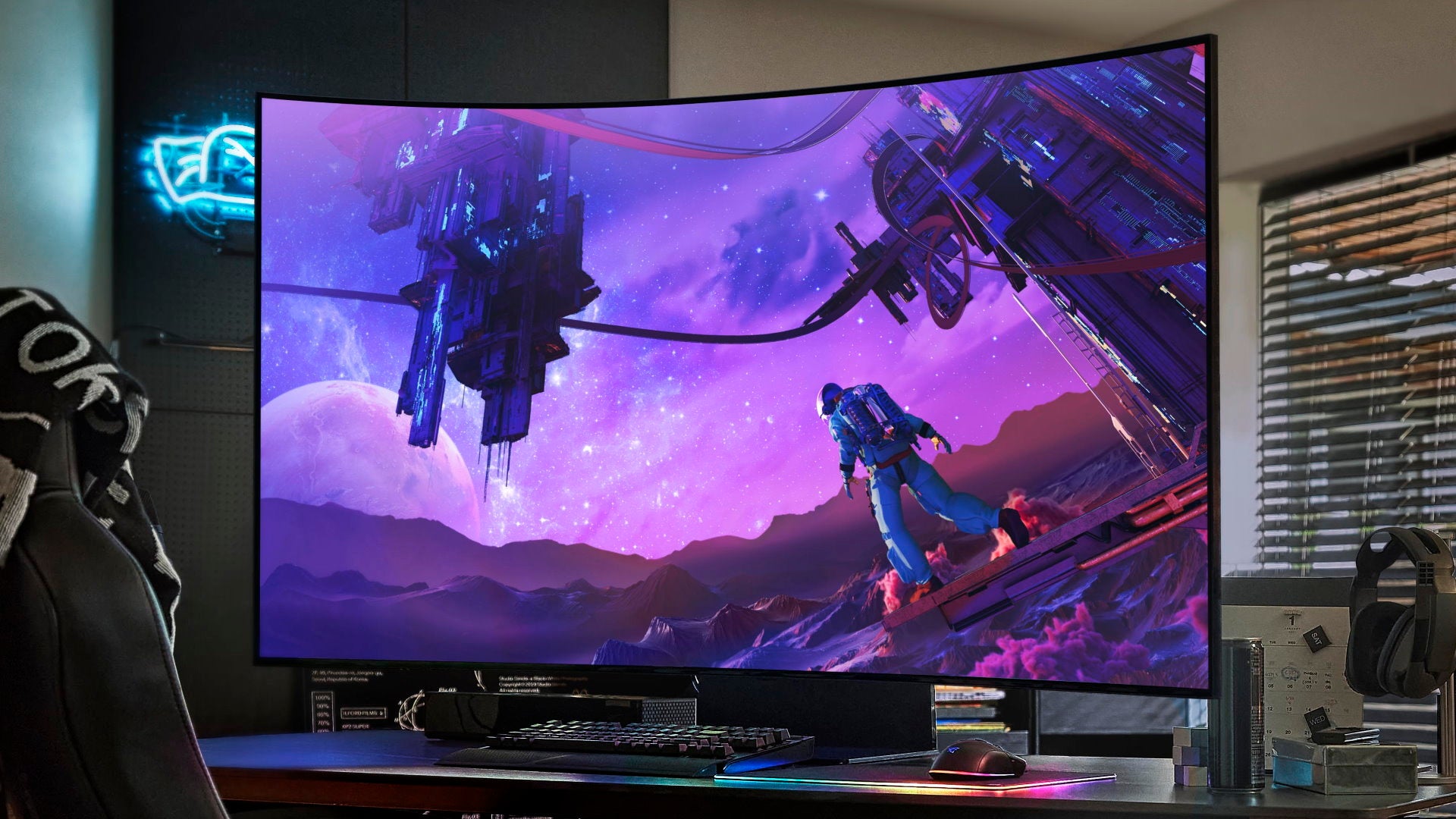























































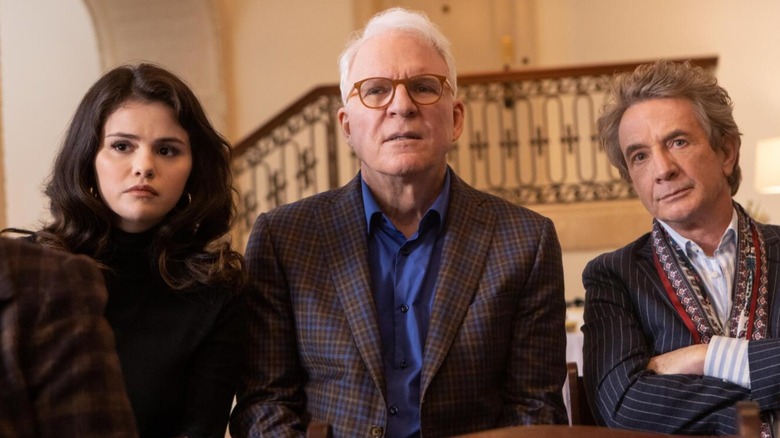











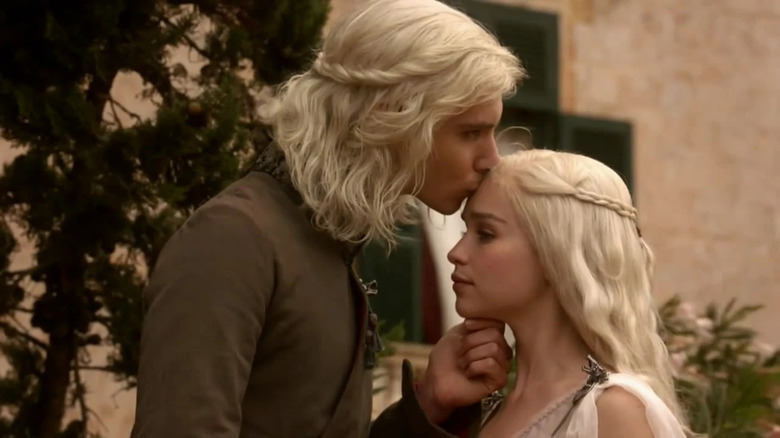

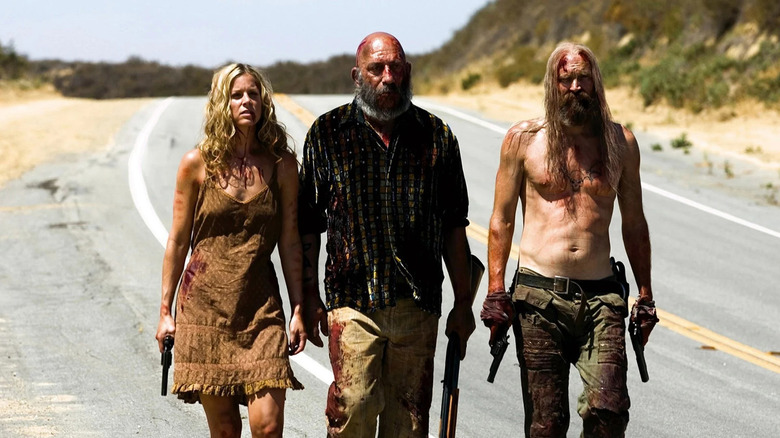
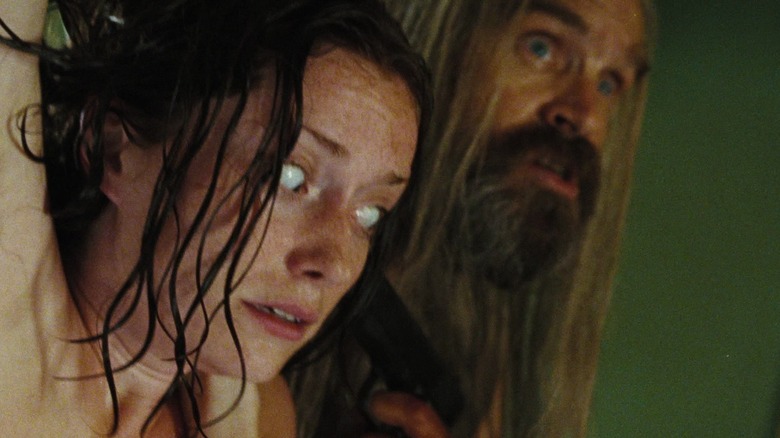
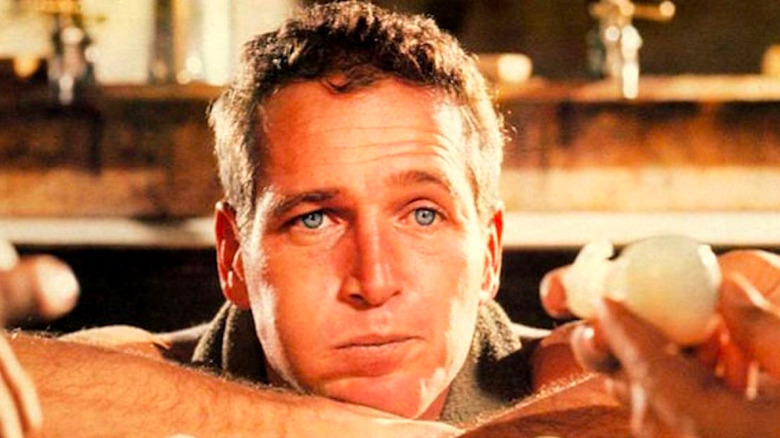
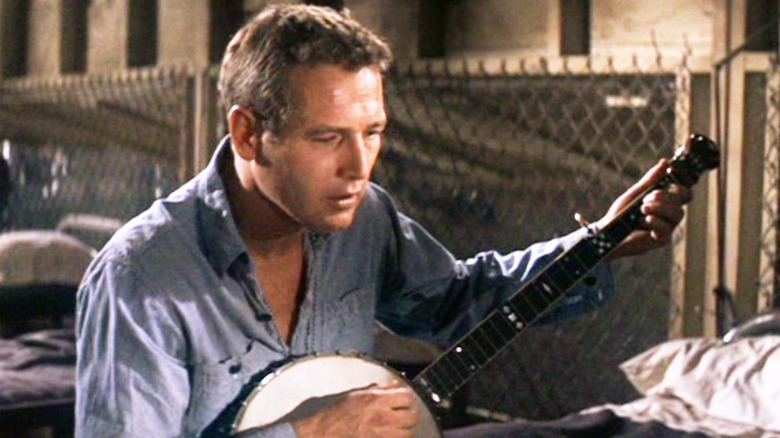


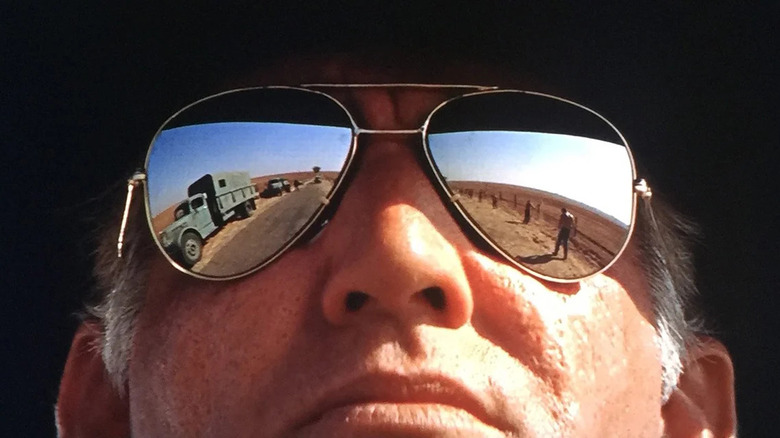

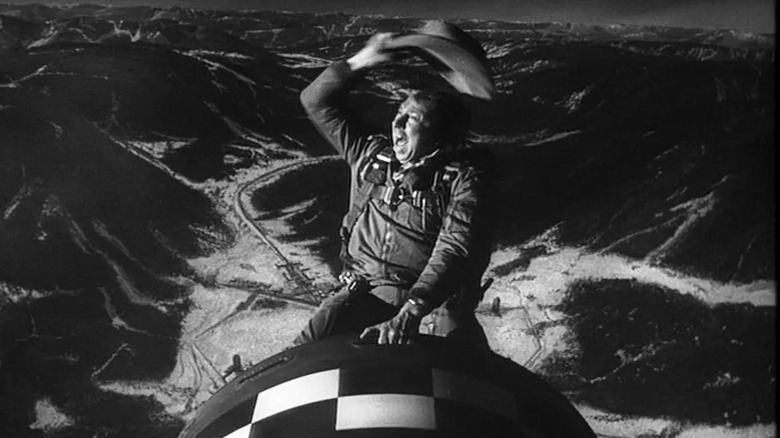

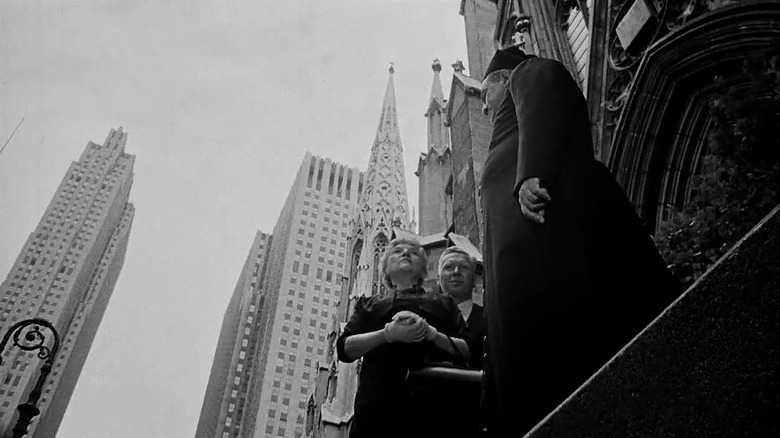
![[GOG] (Game) Dink Smallwood HD [GOG] (Game) Dink Smallwood HD](https://external-preview.redd.it/tPkl82iJodNdTnt0g2fC1nc0nQO5noSh5Dj3xaL9dfw.jpg?width=640&crop=smart&auto=webp&s=0c5d3649f3c266a90bb0e231f240a2faad39b767)
